Image Gallery: Snapshots of Unique Ape Faces
Smile!

To get a sense of how many individuals make up a wildlife population, researchers often put "camera traps" in the field. These have been used to capture photos of elusive wildlife, including cheetahs and leopards. Face-recognition software may be more efficient at counting elusive animals, such as this chimpanzee.
Camera Shy
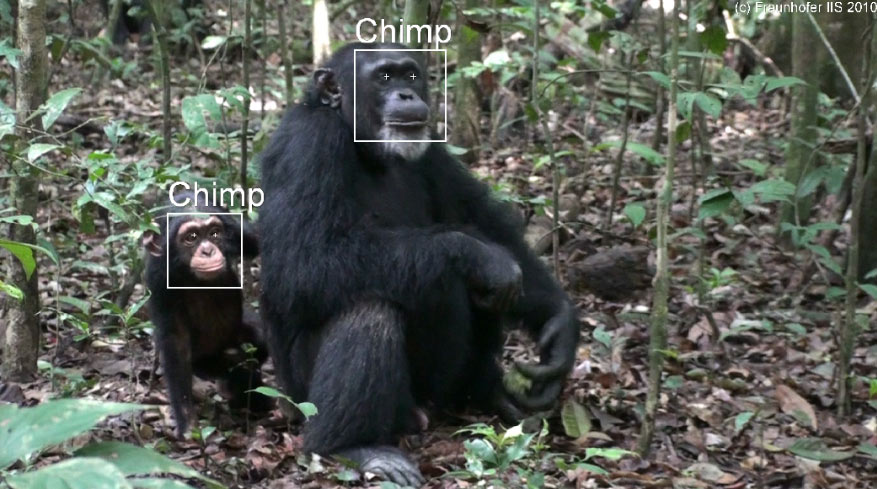
The face-recognition software works in concert with a program that sifts through images and picks out only the ones in which the animals' faces can be seen. The system was also equipped with machine-learning capabilities so the program could improve over time.
Listen Up
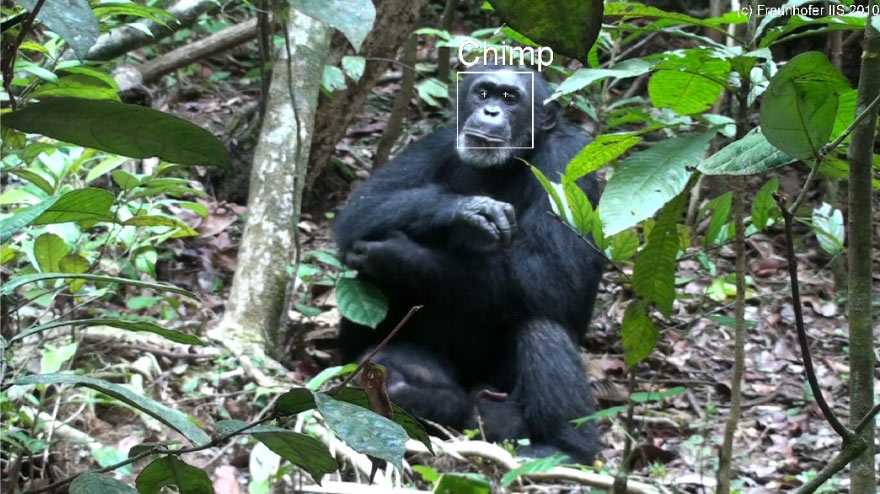
To help identify individual chimps, the new software also analyzes various noises each ape makes, such as drumming of their chests and threatening grunts.
Surprise!
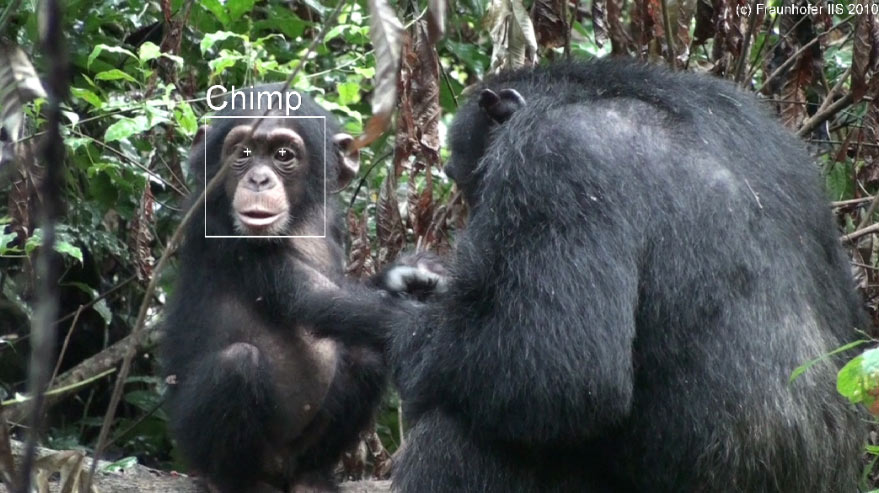
With a group of 24 chimpanzees at Leipzig Zoo in Germany, the scientists achieved a facial recognition rate of 83 percent.
Hey Big Guy
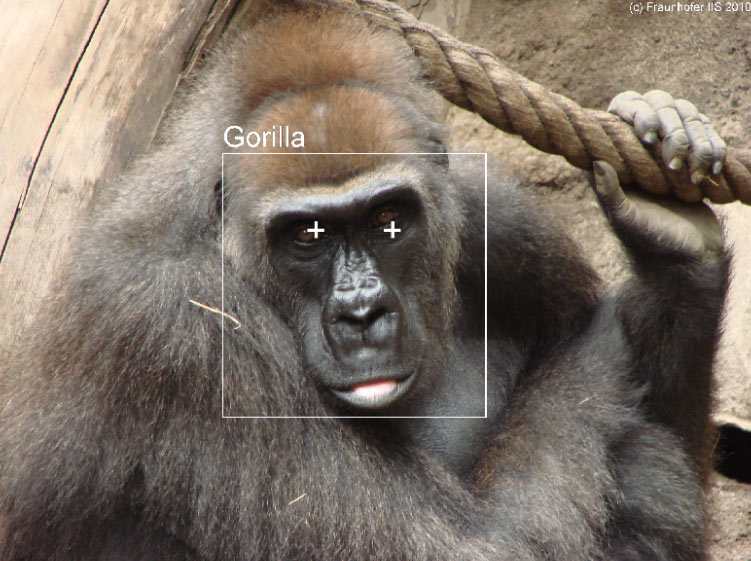
The researchers are currently working on ways to automatically recognize ape activity from video, such as walking, playing, grooming, eating, tool use and fighting. Here the face-recognition imagery is overlaid on the face of a gorilla named Bebe.
Gorilla Gorgo

Here, the face-recognition imagery overlaid on the face of a gorilla named Gorgo, at the Leipzig Zoo in Germany.
More Gorgo
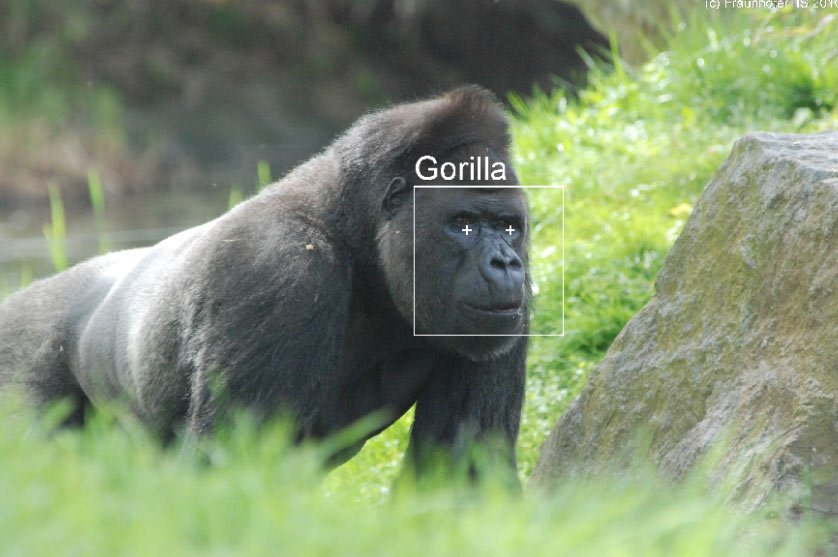
The Gorilla named Gorgo at Leipzig Zoo.
Sign up for the Live Science daily newsletter now
Get the world’s most fascinating discoveries delivered straight to your inbox.
Mama and Baby
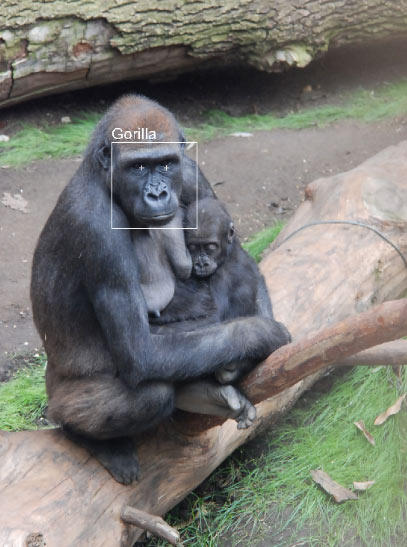
The researchers have so far focused their efforts on primates such as chimps, gorillas and bonobos, but they hope to extend the system to other animals, particularly those with distinct markings, such as zebras, cheetahs and tigers. Here, the gorilla named Viringika with a young gorilla.











